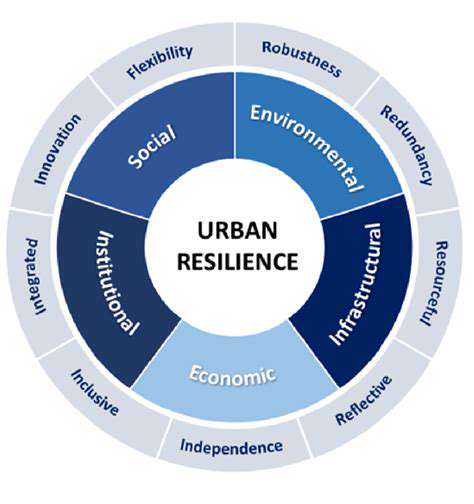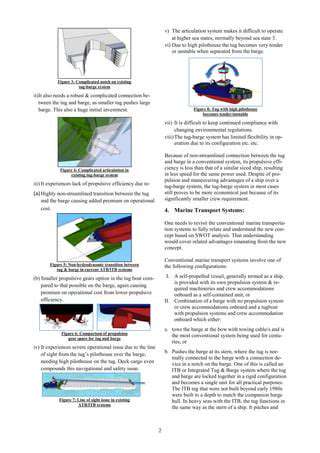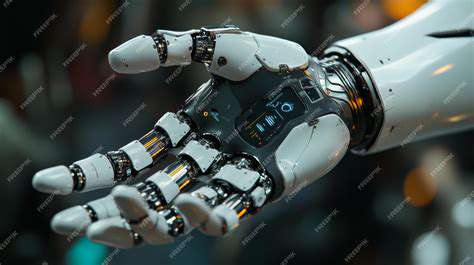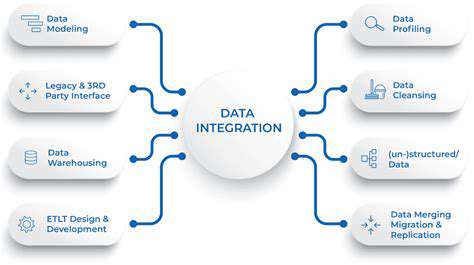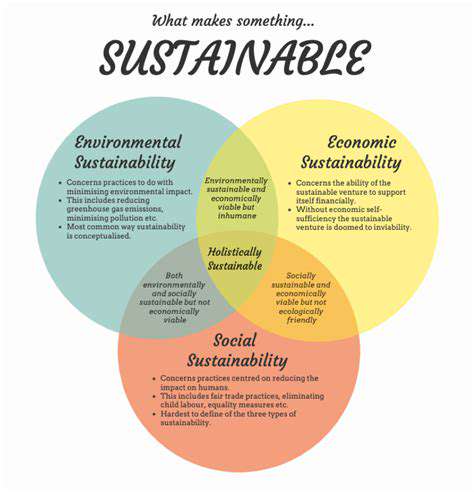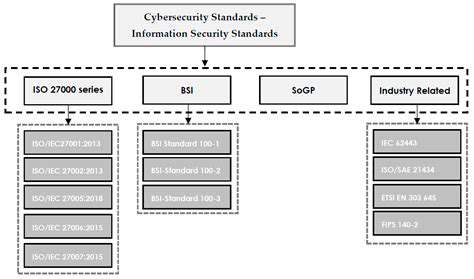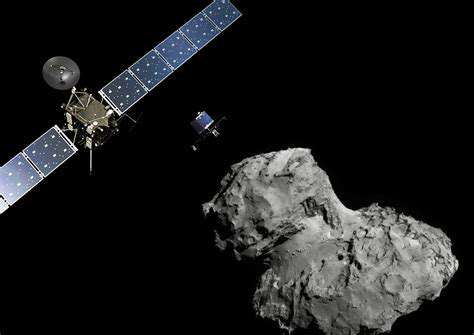The Imperative for In-Situ Resource Utilization (ISRU)
The Growing Need for Off-World Resources
Humanity's expansion into space demands innovative approaches to resource acquisition. Presently, space missions depend excessively on supplies launched from Earth, which poses logistical nightmares and financial strains. This Earth-centric approach severely restricts how far and how long we can explore, potentially hindering colonization dreams. In-situ resource utilization (ISRU) emerges as a game-changer, offering a sustainable and economical alternative that could enable prolonged missions and self-reliant extraterrestrial bases.
Consider the staggering resource requirements for establishing lunar or Martian outposts - transporting everything from Earth simply isn't feasible. ISRU solves this by tapping into local materials, dramatically cutting transportation needs while fostering self-sufficiency. This paradigm shift could fundamentally alter how we approach space exploration and settlement.
Technological Advancements Driving ISRU
Cutting-edge innovations are transforming ISRU from theory to reality. Engineers are creating remarkably resilient robotic systems capable of autonomous operation in brutal space conditions. These mechanical pioneers will handle everything from mining to material processing with minimal human oversight, maximizing efficiency in environments where every second counts.
Meanwhile, materials science is undergoing its own revolution. Scientists are perfecting methods to extract water from lunar ice deposits, convert regolith into construction materials, and manufacture rocket fuel from space-based resources. These breakthroughs are rewriting the rules of what's possible in extraterrestrial environments.
Environmental Considerations in ISRU
While promising, ISRU operations must balance progress with planetary protection. Resource extraction risks environmental damage through waste generation and habitat disruption. Implementing closed-loop systems and eco-friendly processing methods will be crucial for sustainable operations. We must explore space responsibly, leaving minimal footprints as we reach for the stars.
Economic Implications of ISRU
The financial impact of successful ISRU could be astronomical. Access to space resources might spawn entirely new industries in materials and manufacturing, potentially creating economic ripples that benefit Earth and space economies alike. The job market could see the emergence of entirely new professions focused on extraterrestrial resource management.
Perhaps most significantly, ISRU could slash space exploration costs by orders of magnitude. Eliminating the need to launch everything from Earth would make ambitious projects like Mars bases dramatically more affordable, potentially democratizing access to space for nations and private entities alike.
The Future of Space-Based Resource Utilization
ISRU's future hinges on sustained technological progress and international cooperation. Advancements in robotics, materials science, and processing techniques must continue apace. Global collaboration will accelerate development, as no single nation holds all the answers to these complex challenges.
The ultimate vision? Completely self-sufficient space settlements thriving on local resources. This isn't just about cost savings - it's about establishing humanity as a truly spacefaring civilization. The potential for ISRU to transform our cosmic aspirations makes its development one of the most exciting frontiers in modern science.
The Technological Hurdles and Future Research

Overcoming the Challenges of Data Transmission
Space communication systems face daunting obstacles in our push for interplanetary connectivity. Current infrastructure strains under the dual pressures of distance and data volume, creating bottlenecks that could jeopardize mission success. Existing solutions like fiber optics and satellite networks, while advanced, still struggle with implementation costs and performance consistency in space environments.
The solution may lie in hybrid systems combining multiple technologies. Laser communications show particular promise for deep-space applications, potentially offering orders-of-magnitude improvements in bandwidth. However, these systems must overcome significant engineering challenges before becoming operational mainstays.
The Need for Advanced Computing Power
Modern computational demands are exploding exponentially, particularly in space applications where every watt and gram counts. Traditional processors simply can't keep pace with the complex simulations and real-time decision-making required for autonomous space operations. This crunch is most acute in fields like AI-driven exploration and complex system modeling.
Emerging technologies like neuromorphic chips and photonic computing offer potential solutions, though their space-worthiness remains unproven. The development of radiation-hardened quantum components could represent the next major leap forward for spaceborne computing.
Addressing the Ethical Implications of AI
As AI systems take on greater roles in space exploration, ethical considerations become increasingly pressing. Algorithmic bias in mission-critical systems could have life-or-death consequences for astronauts, while autonomous decision-making raises profound questions about responsibility and control. These concerns are magnified by the immense distances involved in space travel, which often preclude real-time human oversight.
Developing ethical frameworks for space AI requires input from diverse stakeholders. Key priorities include establishing audit trails for autonomous decisions, implementing fail-safes for critical systems, and ensuring transparency in machine learning processes - all while operating under extreme resource constraints.
The Limitations of Current Storage Technologies
Data storage represents another critical bottleneck. Modern storage solutions struggle with the twin challenges of cosmic radiation and limited maintenance opportunities in space. Traditional hard drives are vulnerable to single-event upsets, while solid-state solutions face wear-leveling issues in high-radiation environments.
Innovative approaches like molecular storage and DNA-based systems might offer solutions, though their technological maturity remains years away. In the interim, sophisticated error-correction algorithms and distributed storage architectures may help bridge the gap.
The Role of Quantum Computing in the Future
Quantum computing's potential to revolutionize space exploration cannot be overstated. From optimizing mission trajectories to modeling complex extraterrestrial environments, quantum systems could solve problems that currently require supercomputers the size of buildings. The technology's ability to handle multivariable optimization problems makes it particularly valuable for resource allocation in ISRU operations.
However, significant hurdles remain in making quantum systems space-ready. Maintaining quantum coherence in variable gravitational fields and protecting delicate qubits from cosmic radiation present formidable engineering challenges that will require years of dedicated research to overcome.
The Economic Implications and Global Collaboration
Economic Implications of Space-Based Resource Utilization
The economic potential of space resources could reshape global markets. Access to lunar water ice and asteroid metals might create supply chains independent of terrestrial politics and environmental concerns. This could dramatically reduce costs for industries ranging from microelectronics to renewable energy infrastructure.
Moreover, the technological spin-offs from space resource development could catalyze innovation across multiple sectors. Advanced robotics developed for lunar mining might revolutionize Earth-based manufacturing, while new materials created for space applications could find uses in everything from medical devices to consumer electronics.
Global Collaboration and Governance
Space resource utilization demands unprecedented international cooperation. Establishing shared infrastructure like lunar bases and orbital depots will require careful coordination between spacefaring nations. Legal frameworks must evolve to address complex questions about resource ownership and environmental protection in the space domain.
The alternative - a chaotic scramble for celestial resources - could destabilize international relations and create unnecessary duplication of effort. The Artemis Accords represent a promising start, but more comprehensive governance structures will be needed as commercial space activities accelerate.
Challenges to Global Collaboration
Despite the obvious benefits, achieving true international cooperation faces significant obstacles. National security concerns, intellectual property disputes, and differing regulatory philosophies all complicate efforts to create unified space resource policies. Developing nations rightly demand equitable access to space resources, while established space powers seek to protect their competitive advantages.
Bridging these divides will require creative diplomacy and innovative legal frameworks that balance competing interests while ensuring sustainable development of space resources for all humanity.
Environmental Considerations
The environmental ethics of space resource extraction demand careful consideration. While space appears vast, irresponsible exploitation could have unforeseen consequences on delicate extraterrestrial ecosystems. Forward contamination from Earth organisms poses particular risks to potential life-bearing environments like Mars or Europa.
Environmental impact assessments should become standard practice for all space resource activities. Principles of planetary protection must evolve to address not just biological contamination, but also the broader ecological impacts of large-scale resource extraction in space.
Technological Advancements
Realizing the full potential of space resources will require breakthroughs across multiple technical domains. Autonomous mining systems must become orders of magnitude more reliable to operate in remote locations. Energy systems need dramatic improvements in efficiency to power resource processing facilities in space.
Perhaps most critically, we need revolutionary advances in space transportation. Current rocket technology remains too expensive and limited for large-scale resource return missions. Innovations like space elevators or mass drivers might eventually provide the necessary infrastructure, but require fundamental breakthroughs in materials science and engineering.


